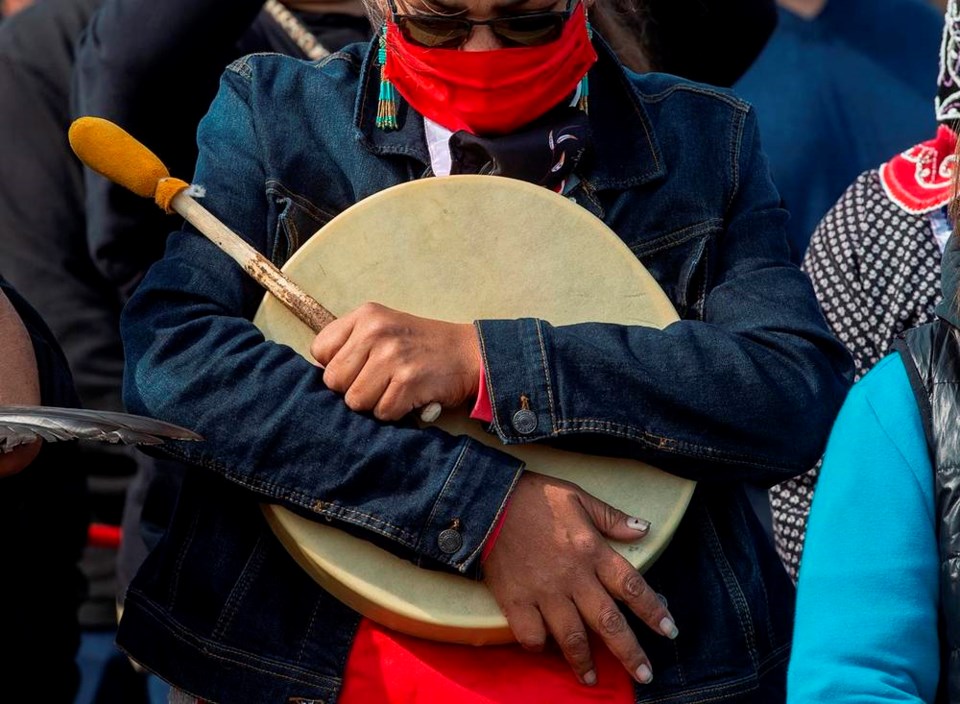A commentary by a native of Victoria who is professor emeritus of English at the University of British Columbia.
In recent years, most of us have probably noticed the increased use of Indigenous place names (“toponyms”). This laudable development serves to remind us of the longer, deeper human history of the magnificent lands, islands and waters we are all blessed with in British Columbia.
Some of these names — such as Haida Gwaii and Salish Sea — have caught on rapidly among speakers of English. I’d like to make a modest proposal, a respectful request, to accelerate and enrich this evolution of the common tongue.
My proposal is that Indigenous toponyms intended for general use be rendered in a script familiar to and readily pronounceable by average English speakers.
Consider this analogy. The correct name for the capital of Russia sounds something like “Mos-KVA.” If you’re speaking Russian, that’s of course how you should pronounce it. And, if you’re writing in Russian, you should write the word in Cyrillic script.
Our English word “Moscow” only roughly resembles the proper Russian version, but nobody insists that when I’m speaking English I must say “Mos-KVA,” or that when I’m writing English I must spell the word using Cyrillic letters.
Moreover, I’ve never heard that Russians consider our English way of naming their capital city incorrect or disrespectful. In fact, when speaking English, they’ll probably pronounce “Moscow” more or less as I do.
Similarly, all that’s required here closer to home is for Indigenous toponyms to have two versions: one for speakers of the Indigenous language from which the name is derived, complete with non-Latin letters and diacritical marks where necessary; and a second, visibly related version that speakers of English can get their minds and mouths around (just as WSÁNEĆ is anglicized to “Saanich”).
Without this second version, most of us get stopped in our tracks when we try to read or pronounce the relevant place name — and it therefore, sadly, just doesn’t catch on. That’s too bad for all of us, and a loss for the English language.
For example, I’ve often driven by the new sign at the entrance to ȽÁU,WELṈEW/John Dean Provincial Park. I’d be more than happy to call that lovely place by its richer, more traditional name.
But the unfamiliarity of all those caps and diacritics leaves me tongue-tied. (There are many other, even more challenging examples.) Of course, Indigenous Saanich people have every right to say and spell the name as they see fit. The name fundamentally belongs to them and needs to be respected as theirs.
All I’m saying, however, is that it would be nice if Indigenous toponyms could be more widely shared — and made so accessible to speakers of English that these richer, more traditional names could enter the common lexicon.
Surely it would benefit all of us if such names had spellings and pronunciations that invited and accommodated, rather than excluded, the tongues of those not schooled in the relevant Indigenous languages.
The anglicized version of such names would in no way displace or occlude the more linguistically authentic versions, any more than in my analogy “Moscow” supersedes “Mos-KVA” or its proper Cyrillic orthography.
Instead, accessible and pronounceable Indigenous place names could help all of us, by means of shared language, better to respect and celebrate what is now, willy nilly, a shared land and a shared history.



